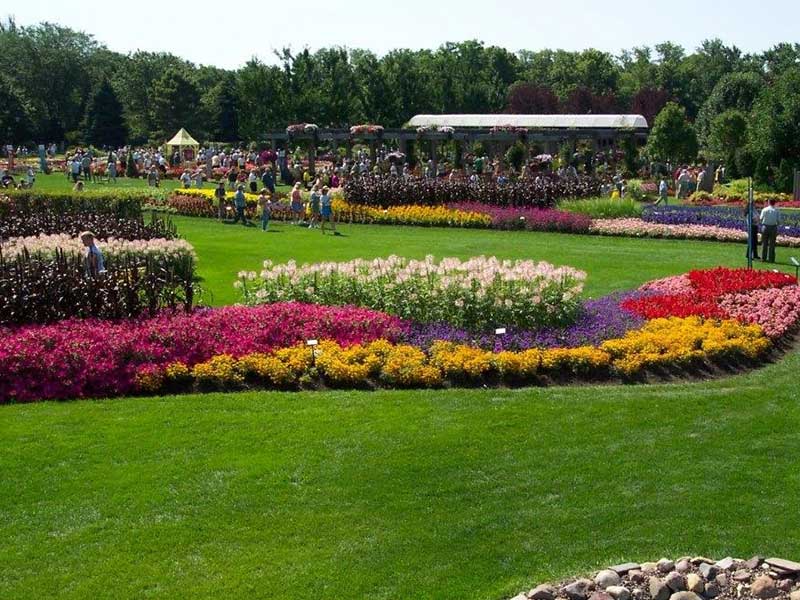 Plant Scaping Building Exteriors
Plant Scaping Building Exteriors
Exterior plantscaping, also known as landscape design, involves the strategic arrangement and cultivation of plants and other elements to enhance the outdoor area of a building. It’s an artful discipline that combines horticulture knowledge and spatial layout to create a harmonious, aesthetically pleasing environment.
Our team can handle everything from trees, shrubs, and flowers, to ornamental grasses and decorative installations, all aimed at improving the visual appeal, utility, and environmental quality of the property.
Exterior plantscaping plays a crucial role in creating an inviting and attractive exterior space for any building. Not only does it add to the overall beauty of the property, but it also has numerous practical benefits. For example, exterior plantscaping can help reduce noise pollution by acting as a natural sound barrier. Plants also absorb carbon dioxide and release oxygen, making them an essential component in improving air quality. Furthermore, they provide shade, reduce the impact of harsh weather conditions, and attract beneficial insects and wildlife.
In addition to the aesthetic and environmental advantages, exterior plantscaping can also
One of the most significant advantages of exterior plantscaping is its ability to improve air quality. Plants absorb carbon dioxide and release oxygen through photosynthesis, which helps to purify the air. By strategically placing plants around a building, exterior plantscaping can help reduce the amount of harmful pollutants in the air, creating a healthier and more enjoyable environment for building occupants.
Another practical benefit of exterior plantscaping is its ability to regulate temperature. Through transpiration, where water evaporates from plant leaves, exterior plants help cool down the surrounding area. This is especially useful in urban environments, where heat can get trapped between tall buildings and cause higher temperatures. By incorporating a variety of plants with different heights and densities, exterior plantscaping can create shade and ventilation, making outdoor spaces more comfortable for people to enjoy.
Moreover, exterior plantscaping also contributes to the overall sustainability and eco-friendliness of a building. By using native plants and implementing sustainable irrigation systems, exterior plantscaping can reduce water consumption and promote biodiversity. It can also help with stormwater management by absorbing excess rainwater and preventing erosion. Additionally, the presence of plants can enhance mental well-being and increase productivity for building occupants, making it a valuable investment for any property.

